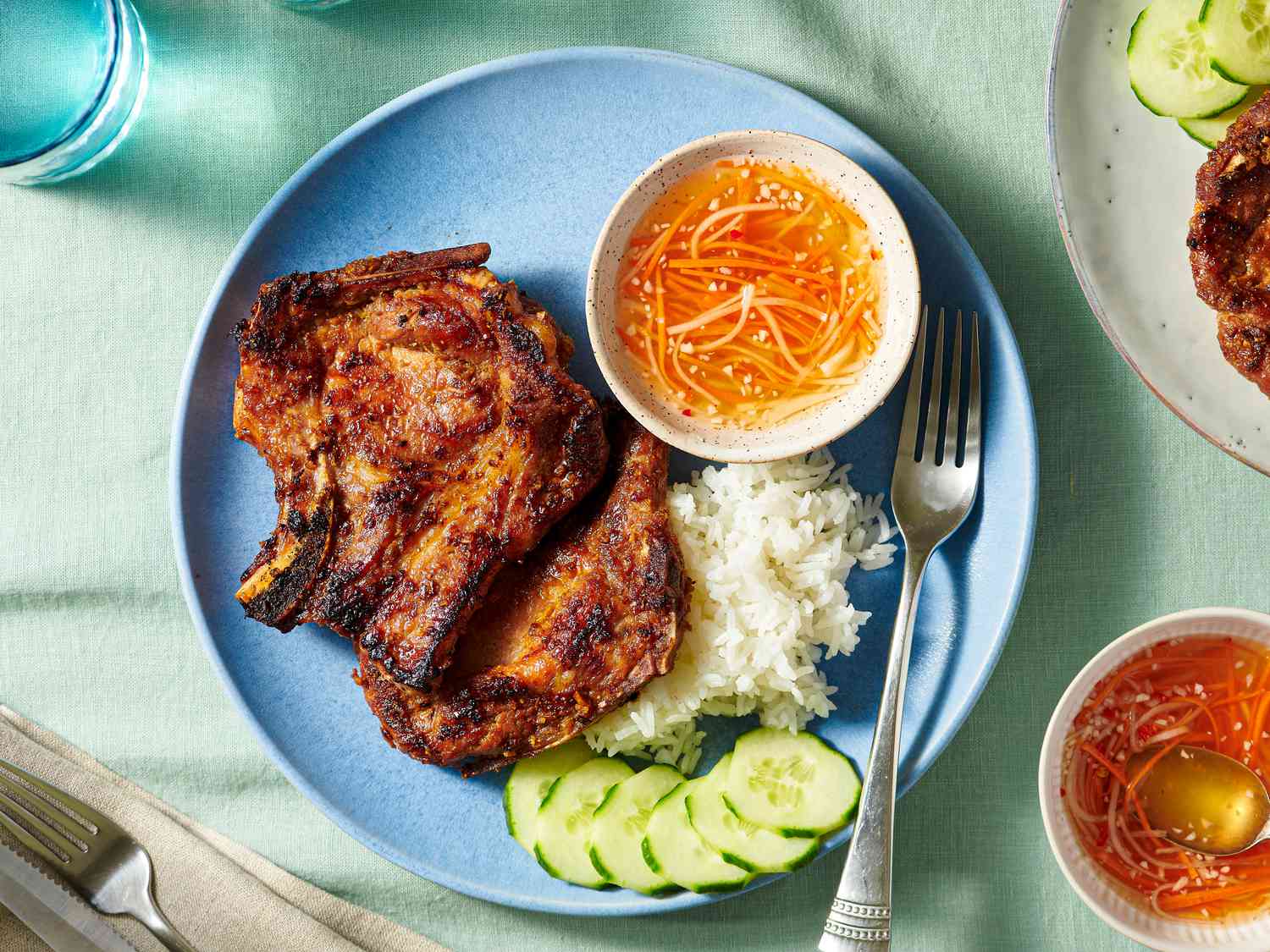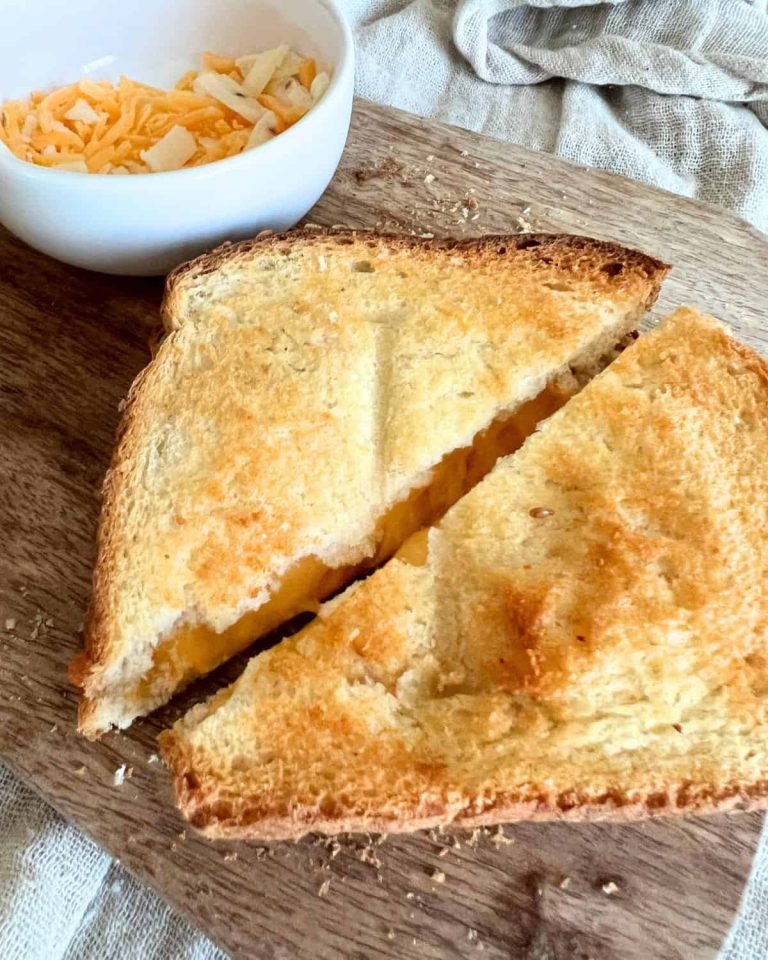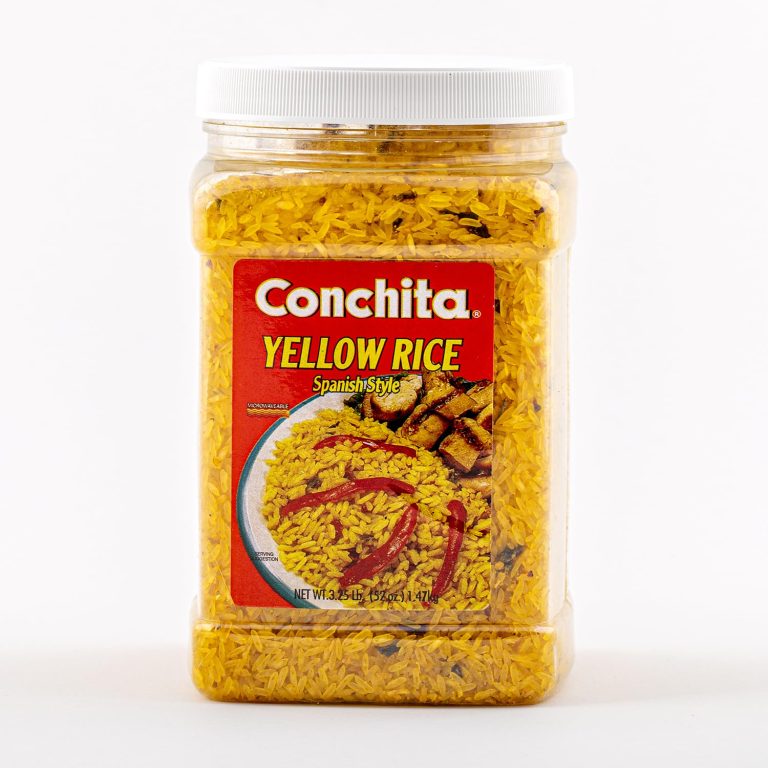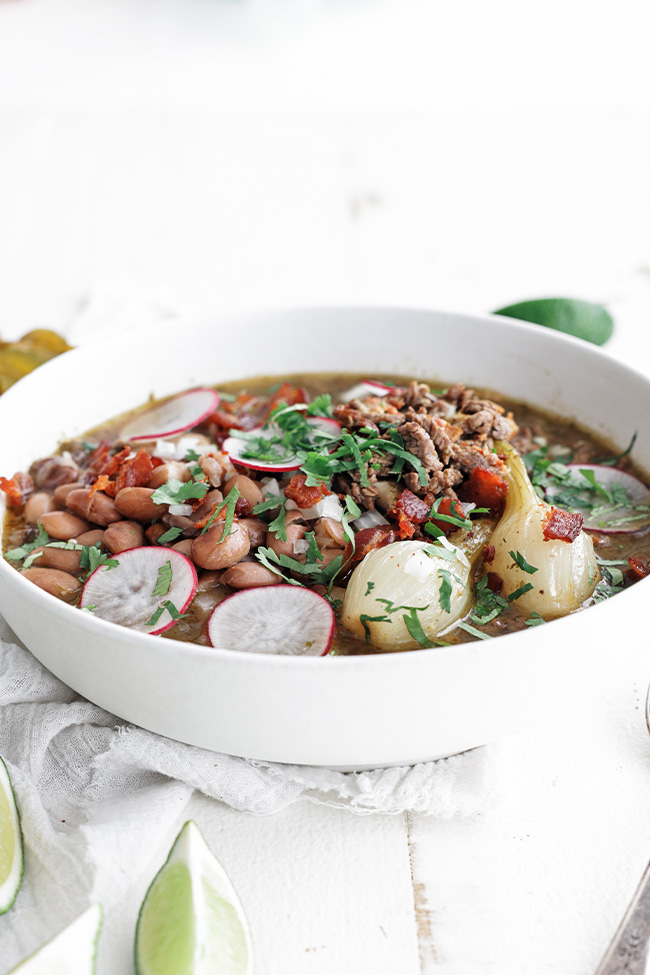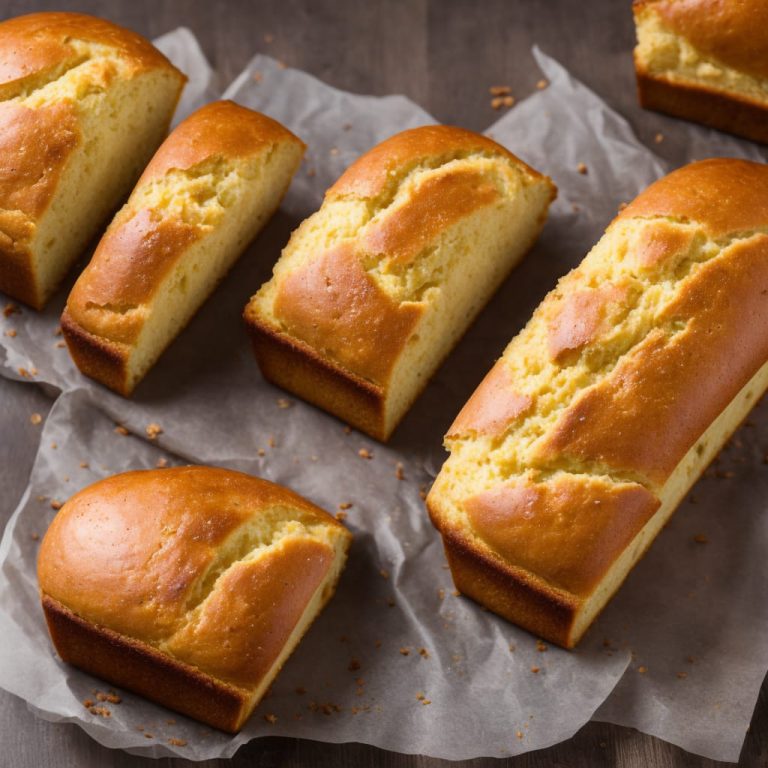Vietnamese-Chinese Pork Chops Recipe: History, Ingredients, and Cooking Tips
Vietnamese-Chinese pork chops trace their roots to the cultural intersections between Vietnam and China. This dish emerged as a fusion of traditional Chinese cooking techniques and Vietnamese flavors, incorporating ingredients like soy sauce and five-spice powder from China and fish sauce and lemongrass from Vietnam. These influences reflect centuries of trade and migration between the two nations. Pork, a staple in both Chinese and Vietnamese cuisines, serves not only as a common dietary element but also as a symbol of prosperity and family heritage in many festive meals.
Evolution Over Time
Over time, Vietnamese-Chinese pork chops have evolved to include a wider array of ingredients and preparation methods, adapting to regional tastes and dietary preferences. Modern versions might feature grilled, pan-seared, or baked pork chops, often paired with rice, noodles, or fresh vegetables. Influences from family recipes and restaurant adaptations have enriched this culinary tradition, making it a popular choice in Vietnamese-Chinese households and international dining scenes alike.
Here’s a comparison of classic and modern ingredients:
| Classic Ingredients | Modern Twists |
|---|---|
| Soy Sauce | Hoisin Sauce |
| Fish Sauce | Teriyaki Sauce |
| Lemongrass | Garlic and Ginger |
| Five-Spice Powder | Spicy Chili Paste |
| Rice or Vermicelli Noodles | Quinoa or Brown Rice |
This evolving cultural dish continues to delight food enthusiasts globally, blending the best of Vietnamese and Chinese culinary artistry.
Key Ingredients in Vietnamesechinese Pork Chops
Meat Selection: Pork Varieties
Choose quality pork to achieve the best flavor and texture for Vietnamese-Chinese pork chops. Common cuts include:
- Pork Loin Chops: These chops provide a lean yet flavorful option.
- Pork Shoulder Chops: Known for their marbling, shoulder chops offer a richer taste.
- Bone-in Chops: Retain more moisture during cooking, adding depth to the dish.
Essential Spices and Seasonings
Seasonings play a critical role in defining the unique flavor profile of Vietnamese-Chinese pork chops. Key components include:
- Soy Sauce: Adds a salty, umami taste, essential in Chinese cuisine.
- Fish Sauce: A staple in Vietnamese cooking that lends a distinct, savory depth.
- Lemongrass: Contributes a fresh, citrusy note, balancing the meat’s richness.
- Garlic: Enhances the dish with its pungent, aromatic qualities.
- Ginger: Provides a warm, slightly spicy undertone.
- Sugar: Balances the saltiness of soy sauce and fish sauce, creating a harmonious flavor.
- Black Pepper: Adds a mild heat, complementing the other spices.
Using these ingredients ensures the pork chops have a well-rounded, authentic taste representing both Vietnamese and Chinese culinary traditions.
Cooking Techniques
Traditional Methods
Traditional techniques involve marinating pork chops for several hours to enhance flavor. Use a mixture of soy sauce, fish sauce, minced garlic, ginger, and lemongrass for marinating. Marinate loin chops or shoulder chops. Grill the pork chops over medium heat for authentic taste. Turn the chops occasionally to ensure even cooking and a slightly charred exterior. Serve with steamed rice and pickled vegetables like daikon and carrots for a complete meal.
Modern Twists
Modern twists on Vietnamese-Chinese pork chops integrate contemporary cooking methods like sous-vide and air frying. For sous-vide, seal marinated pork chops in a vacuum bag, then cook at 140°F for 1-2 hours. Sear chops in a hot pan for a crisp finish. Air fry pork chops at 360°F for 15-20 minutes, flipping halfway. Modern recipes often include additional ingredients like honey and chili flakes for a unique flavor profile. Substitute traditional rice with quinoa or cauliflower rice for a healthier option.
Serving Suggestions
Side Dishes and Accompaniments
Vietnamese-Chinese pork chops pair well with a variety of side dishes that complement the rich, savory flavors. Traditional sides include jasmine rice and pickled vegetables like carrots and daikon. Fresh herbs, such as cilantro and mint, enhance the dish’s aromatic elements. For a healthier twist, serve with quinoa or cauliflower rice, which provides a nutritious alternative to regular rice. Steamed bok choy or broccoli can add a crunchy texture and balance the meal’s richness with their natural bitterness.
Presentation Ideas
Effective presentation can elevate the dining experience. Arrange the pork chops on a large, flat plate with a slight overlap to create an attractive layer. Garnish with finely chopped scallions, sesame seeds, and a wedge of lime for added color and flavor. Surround the pork chops with neatly arranged side dishes, including a small ramekin of dipping sauce, such as a mix of soy sauce and fresh chili. For a more traditional touch, use ceramic plates and bowls that showcase the dish’s vibrant colors.
Conclusion
Exploring Vietnamese-Chinese pork chops opens a window into a rich culinary tradition that beautifully marries flavors and techniques from both cultures. By carefully selecting ingredients and following recommended cooking methods, you can create a dish that’s both authentic and delicious. Remember to experiment with side dishes and presentation to elevate your dining experience. Whether you stick to traditional accompaniments or opt for healthier alternatives, the key is in the balance of flavors and textures. Enjoy the process and savor every bite of this delightful fusion dish.
